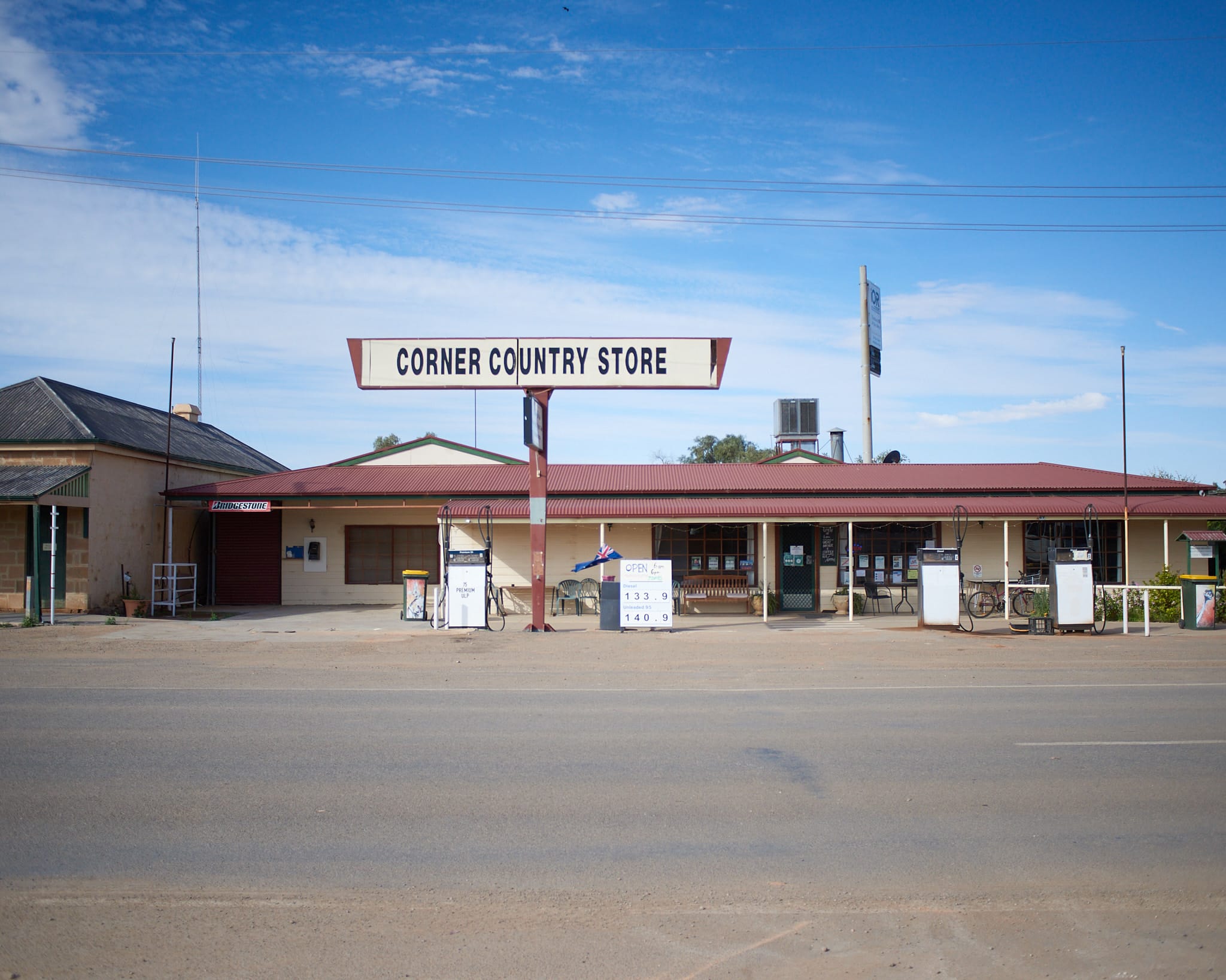
The Great Population Shift is changing regional towns in surprising ways, writes Gabrielle Chan.
When I came to town in the ’90s, I got involved in a push to update the main street. For the amenity of the locals and to attract visitors, the project architect recommended planting more trees for shade in exchange for a little parking, planting shrubs along the median strips, and generally giving the town a touch-up.
“We tried that 25 years ago and it didn’t work,” said one of the irate locals.
“Maybe it’s time to try it again?” I suggested. “It might just work now.”
The person who objected held a lot of moral sway and was a generation older than me.
In those days, young people were generally leaving country towns. Drought had crimped economic opportunities as city-based service economies took off. Once a country kid landed a job and perhaps a partner in the city, often that’s where they stayed. Agriculture, a key industry in the regions, had been through painful reforms removing trade protection, and locals were lamenting the loss of their kids to the metropolis.
If you read the media, you’ll be familiar with this old and never-ending story. It represents the hollowing-out of country towns.
But the big rural story of the past few years is the one where young people came back. The Covid pandemic supercharged the regions in a way that took Australians by surprise.
These population shifts could have a significant effect on the regions – indeed, the whole country – in the coming decade in terms of cultural mix, economic opportunities and voting intentions. That’s because the people who are moving in the greatest numbers by proportion represent two groups who have traditionally shunned country life: young people and overseas-born people.
Towns that suffered a slow leakage for decades have watched residents return in the past few years. They’ve watched houses snapped up. They’ve met new families who arrived with remote jobs or new businesses, thereby bolstering flagging schools and hospitals. Slowly, the population in some places has swelled.
Kim Houghton, the chief economist at the Regional Australia Institute (RAI), has been analysing regional economies since the 1990s. More recently, he has used relocation data from the Commonwealth Bank combined with the national five-yearly census to create the Regional Movers Index, to track regional migration for a much more up-to-date picture than the five-yearly census.